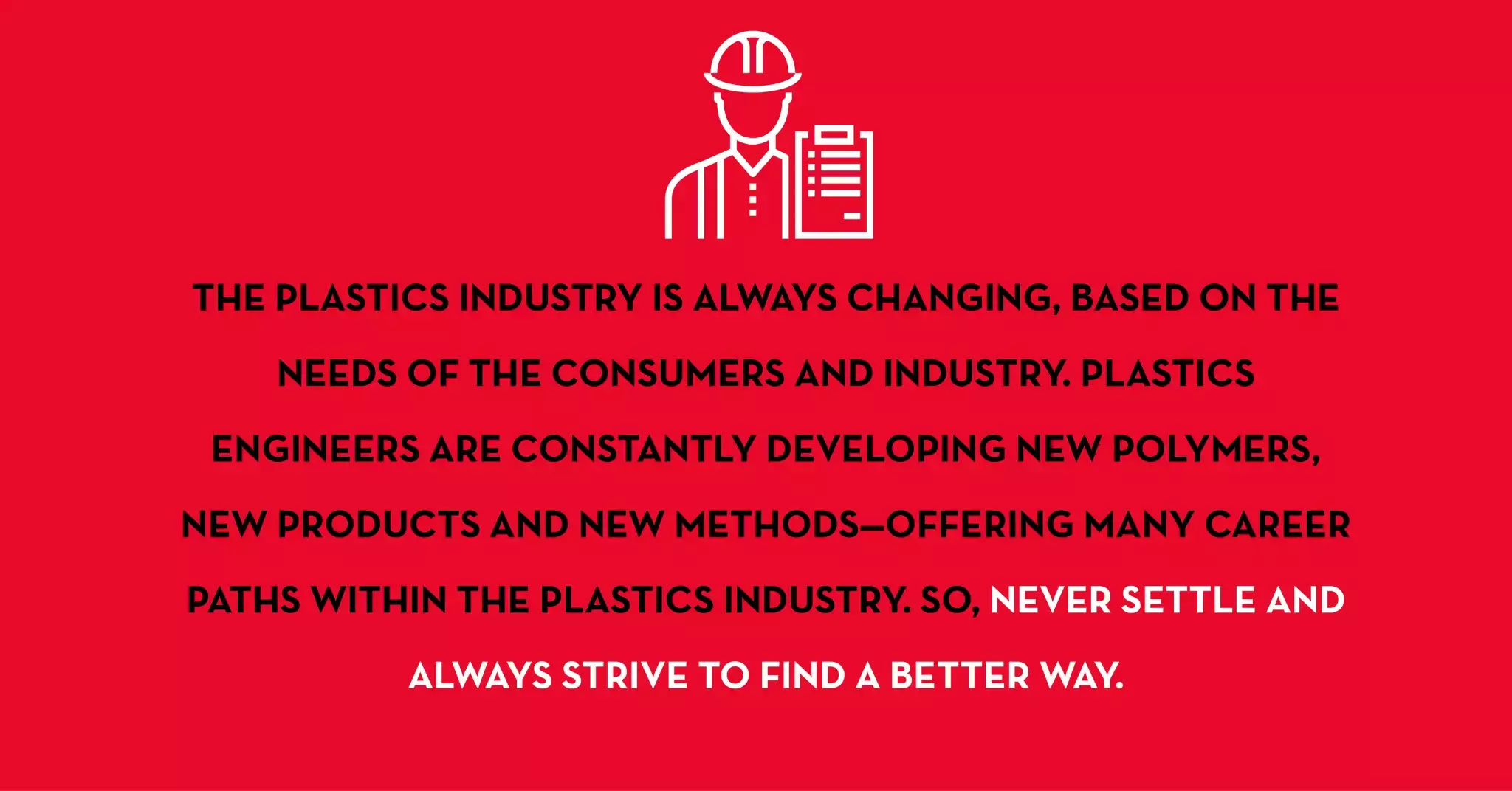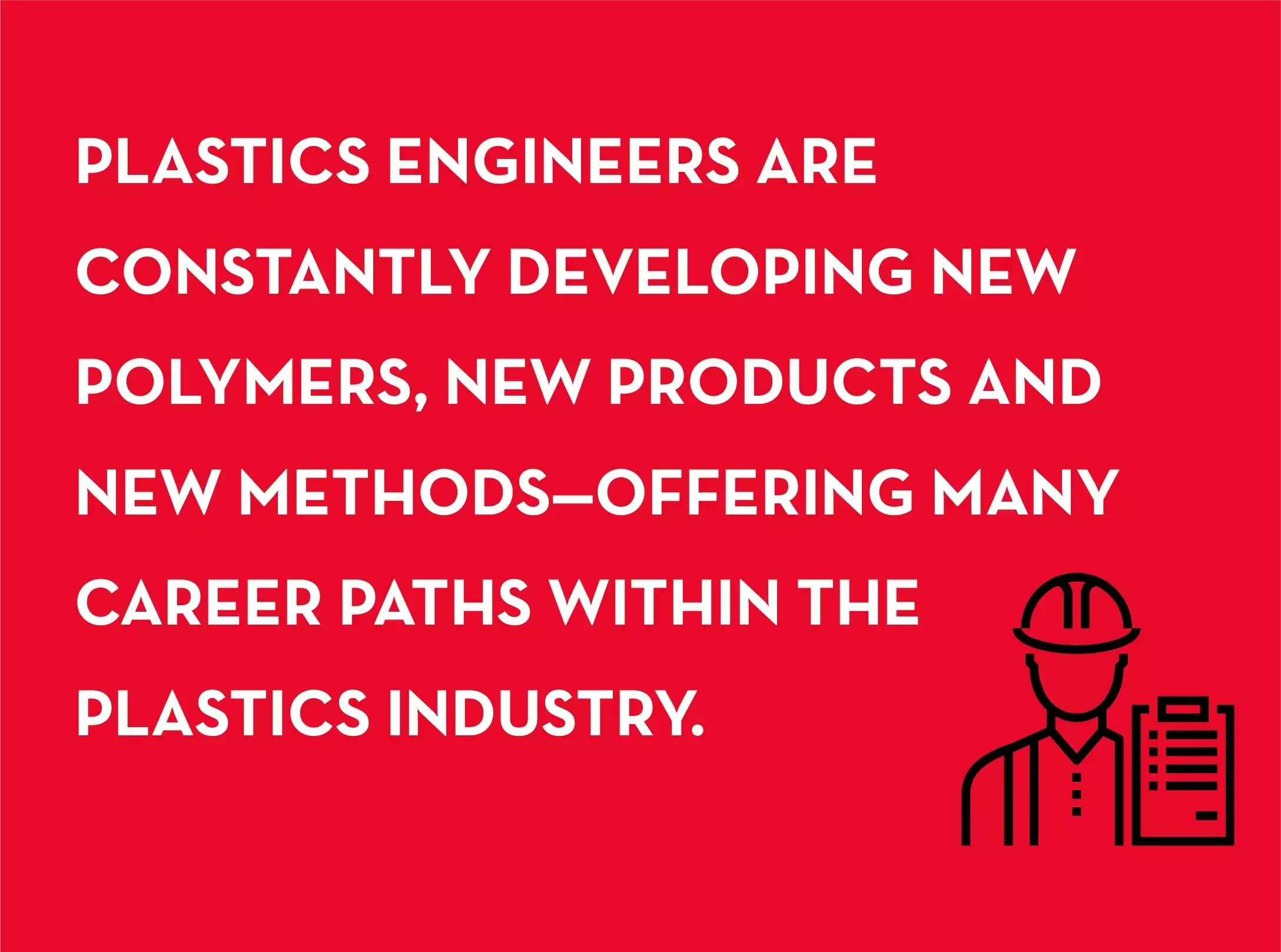How long have you worked at Designetics?
I’ve been here for two years.
How did you wind up working at Designetics? (What was your career path?)
I have been working in the plastics industry for 22 years, developing processes and improving existing processes, over multiple disciplines.
What does a plastics engineer do?
I work on developing new tooling and new molding processes, improving existing tooling, and building prototypes to meet our customers’ needs. I am also continuously working with the injection- and blow-molding processes to improve cycle times and increase molding capacity.
How did you come to choose plastics engineering as a career path?
My dad was a tool and die maker and the shop he worked at built all the custom molding machines and molds for Owens Illinois. I found the process of converting plastic pellets to form everyday consumer products very intriguing. I later attended a high school focused on the processes.

Describe your typical day working at Designetics…
Typical days involve designing or reviewing new tooling designs and reviewing and improving molding processes. Also, it involves working through customer inquiries with the quality and sales team.
How does plastics engineering impact the work at Designetics?
Molding plastic is the first step in the production process…the quality and consistency (of molding) makes all downstream processes run more efficiently, after all. Making sure the delivery of parts from molding to assembly is critical to maintain process flow.
How integral is engineering to Designetics and its processes?
Engineering plays a big role in all of processes at Designetics.
Why?
I am always looking for ways to make processes faster and more reliable through data-driven decision-making.
How has 3D printing impacted your profession?
3D printing, like all professions, has made the process of taking something from concept to completed part much faster and at a lower cost. We can now print concept prototypes overnight, reducing labor and evaluating fit and function prior to running high-dollar equipment to make tooling.
What types of technology have changed the way you approach your work?
Solid modeling in CAD software has improved the ability to evaluate a part and tool design. And, mold flow and FEA analysis give me the opportunity to evaluate theoretical values and make changes prior to cutting steel for tools.
Have changes/advances in chemical makeup of various plastics impacted your work? If so, how?
They haven’t impacted my current work much, but in previous roles advances have had a very big impact; the chemical makeup can improve cycle times and reduce unplanned downtime. Plastic chemical compositions have also improved product shelf life for consumers, keeping products fresh and safe.
Have processes adapted because of technology?
Yes, many of the techniques used for tool evaluation have been improved by in-tool sensors that allow the molder to monitor fill time, cavity pressure, melt temperature and real time gate seal. Previously, these were molding tests that had to be done manually, extending the startup and launch of the tools and allowing for variations from run to run.
Look five years into the future: what will plastics engineering look like?
Plastic engineering has an impact on everyone from the bottle you drink out of to the medical equipment that can save your life. I think moving forward, the industry will continue to find solutions to reduce the number of current plastics being used and find alternative types that will improve environmental impact. We recently have had a shift from rigid packaging like yogurt and apple sauce cups to pouch dispensing, reducing the amount of area being occupied in landfills.
What is the biggest opportunity to people in the plastics engineering field?
The biggest opportunity: Improving the design of products to reduce the volume of plastics in consumer goods and developing plastics that promote recycling to improve the reuse of post-consumer plastics.
Conversely, What’s the biggest threat to people in the plastics engineering industry?
Government regulations on plastic products.
If someone wanted to follow in your career footsteps, what advice would you give?
The plastics industry is always changing, based on the needs of the consumers and industry. Plastics engineers are constantly developing new polymers, new products and new methods—offering many career paths within the plastics industry. So, never settle and always strive to find a better way.
